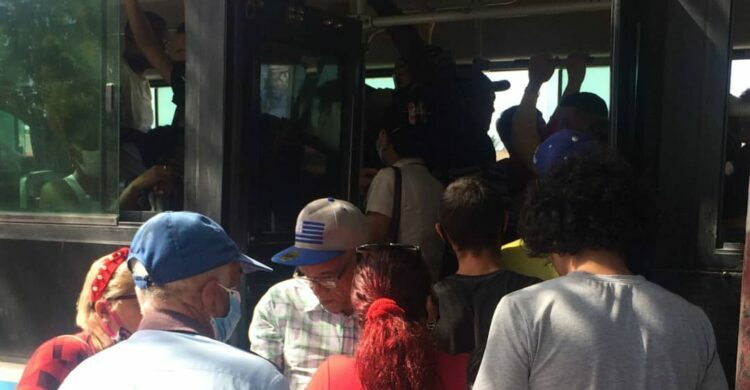The closure of more than a week of the via panamericanawhich connects the south to the center of the country, is already beginning to show other collateral effects on the economy, in addition to the challenges in supply of fuels and food.
According to camacol, this situation presents critical effects for the development of building activity in the region. According to the union, in Grass There are 85 active housing projects, of which 42 are in the construction phase, to which are added 145,000 square meters of projects under construction for non-residential destinations.
(See: Pan-American Highway: the shortage that is coming in Nariño, despite measures).
“These projects represent 2,303 housing units and are equivalent to half a billion pesos of annual investment. Therefore, the closure of the road imminently affects the supply of supplies and materials. For works there are less than two weeks of supplies available”affirms the executive president (e) of camacolEdwin Chiriví.
construction employs more than 9,000 people directly and close to 22,000 throughout the value chain, annually contributes added value of more than $1.3 trillion to the regional productive apparatus and builds formal housing for more than 2,000 homes annually.
(See: Mining and gas companies meet to supply LPG in Nariño).
“Construction is articulated with 54% of the country’s productive apparatus, demands inputs from more than 34 subsectors of the economy and is supplied by more than 300,000 micro-businesses in the national territory. Only the city of Pasto occupies 18% of employment and represents 7% of the economy of the region; This should be a prioritized sector in the logistics contingency plans for the closure. We cannot put employment and housing in the city and the region at risk” he claimed .
After the meeting of Minister in charge of AgricultureLuis Alberto Villegas, with local authorities and representatives of the producers agricultural workers of Nariño, he stated that there are two things to solve regarding the effects of the landslide.
(See: Half of housing projects in Nariño, at risk due to road closure).
First of all, Villegas referred to the announcement made by Invías and Mintransporte of the opening in 10 days of the via El Bordo – La Sierra – Rosaswhich will allow the passage of tractor-trailers and added that the cost of freight is increasing due to longer distances for secondary and tertiary roads.
G.erman Palacio, general manager of Fedepapatold Portafolio that there are still great difficulties with the extraction of the tuber. “The large-volume harvest has not yet come out, but we face great costs for getting the product through Mocoa and Ecuador,” said the manager.
(See: L.They send an emergency message due to a shortage of gasoline in Nariño).
For the milk sector, Felipe Pinilla, president of Analacwarned that the situation is critical despite of public and private engagement.
“The freights have multiplied. This increases production costs without the certainty that they will be able to sell the milk. Scarce fuel and at least 30% more expensive in EDS”said.
In fact, fuel shortages have been alerted. For this, the government and distribution companies gasoline and Acpm have created contingency plans that allow them to cover local demand.
In this regard, the Ministry of Mines and Energy reported that there are 41 vehicles transporting 400,000 gallons of fuel to load the stations.
To this is added that the liquefied petroleum gas (LPG) is also beginning to become scarce, so the union that represents the sector, Gasnovahas sought alternatives for the pipettes to reach the region.
(See: Foreign trade is also affected by the closure of the Pan-American Highway).
For this reason, Montagas, a gas distribution company in Nariño, held a meeting with representatives of the Ministry of Mines and Energy, Gasnova and LPG companies to submit response plans.
“The companies have already activated their plans for the tertiary route San Francisco – Mocoa -which does not allow the transit of tractor-trailers but vehicles of up to 10 tons-, and for the northern route of Ecuador for the departure of tractor-trailers”they stated.
BRIEFCASE








